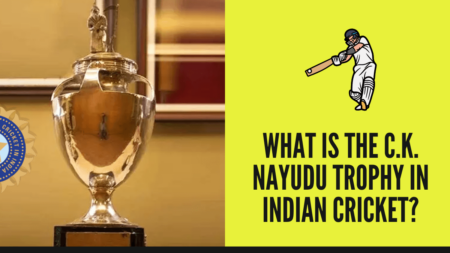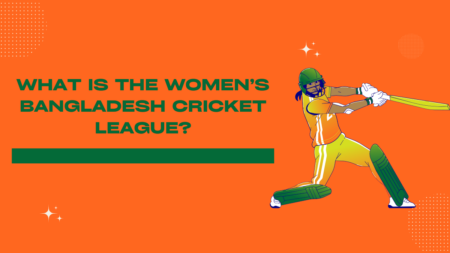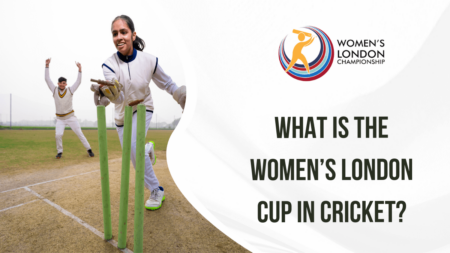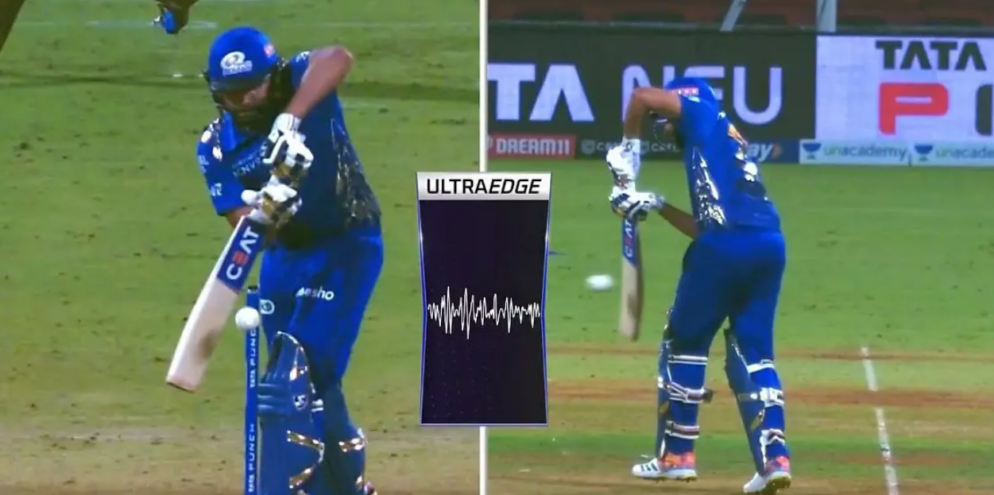
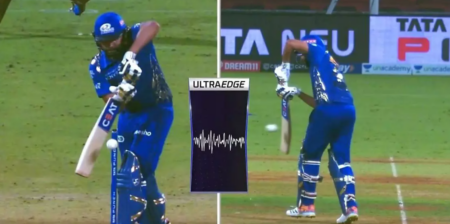
UltraEdge is a technological advance used in the sport of cricket to detect whether or not the ball has hit the edge of the bat or not. The technology was first introduced as a snickometer in 1999. However, later upgrades by the Massachusetts Institute of Technology has led to its current version.
The UltraEdge technology is a part of the Decision Review System. This is a feature of cricket where players or umpires can refer to the third umpire who in turn use technologies like UltraEdge, Hawkeye, Hotspot, or other equivalent sources to make a decision.
UltraEdge is used in decisions for questionable dismissals like caught behind and leg before wicket. If a caught behind decision is appealed for and the umpire says not out, then the fielding side can opt for a review. The umpire then consults with the third umpire, who after checking that the ball is legally bowled (not a no ball) uses the UltraEdge. Conversely, if the umpire would have ruled out, the batter can ask for a review should they feel that the ball did not hit the bat. This is eventually confirmed by UltraEdge.
The UltraEdge technology uses mics and cameras placed near the crease and inside the stumps. When the umpire uses the review system, the video replay is gradually played on a frame-by-frame basis. An oscilloscope is placed beside the video being played. When the ball passes the bat, then if at all it has hit the bat, a spike will be shown on the oscilloscope. If not, then a flat line will be observed.
UltraEdge is highly accurate. However, controversies arise when the ball has hit the bat and pad simultaneously, or when the mic picks up external sound or the sound of the bat hitting the pitch even before the ball reaches the bat. Given its limitations, it remains a gold standard in the field of edge detection technology.

